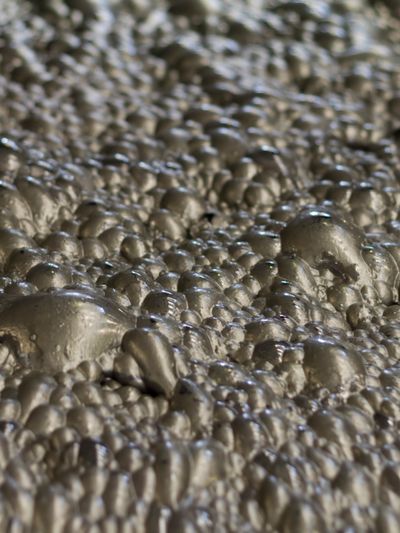Testwork

At Innovative Metallurgy, we specialize in comprehensive metallurgical test work, delivering critical insights to develop and optimize mineral processing operations. Our hands-on approach ensures precise and reliable results across various mineral commodities and mineral processing techniques.
Our Test Work Capabilities:
- Flotation Test Work: We conduct froth flotation tests to evaluate ore amenability and identification of opportunities for process optimization. Through structured test work campaigns, we assess the feasibility of froth flotation as a viable concentration method and develop tailored reagent suites to achieve high product grades and recoveries.
- Heavy Liquid Separation (HLS) Tests: Heavy Liquid Separation(HLS) tests are critical in the development and assessment of density based concentration techniques such as Dense Medium Separation (DMS). These tests provide valuable insights into the density distribution of ore particles, enabling the determination of optimal cut points for efficient separation. By simulating DMS conditions on a laboratory scale, HLS tests help evaluate ore upgradeability, assess the potential for gangue rejection, and optimize process parameters.
- Comminution Tests: Crushing and milling equipment sizing and selection relies heavily on accurate comminution tests performed on rock samples to provide the critical data on ore hardness, grindability, and energy requirements. These tests, including Bond Work Index (BWI), SAG Mill Comminution (SMC), and Drop Weight tests and many others, help determine the most efficient crushing and grinding strategies for a given ore type. By understanding the ore’s response to breakage, we can optimize circuit design, improve throughput, reduce energy consumption, and enhance overall process efficiency.
- Shaking Table Tests: An important test in gravity concentration is the shaking table test, considering shaking tables are used extensively in the industry for the separation of fine to medium-sized particles based on their specific gravity. This test helps evaluate the amenability of an ore to gravity separation by simulating the actual conditions in a commercial shaking table. By adjusting parameters such as table slope, water flow rate, and deck motion, the test provides valuable insights into particle stratification and separation efficiency. It is commonly used for processing gold, tin, tungsten, chromite, and other heavy minerals, making it a crucial step in optimizing gravity-based beneficiation circuits.
Don't hesitate to contact us for any of your metallurgical testwork requirements.
Contact Us
This website uses cookies.
We use cookies to analyze website traffic and optimize your website experience. By accepting our use of cookies, your data will be aggregated with all other user data.